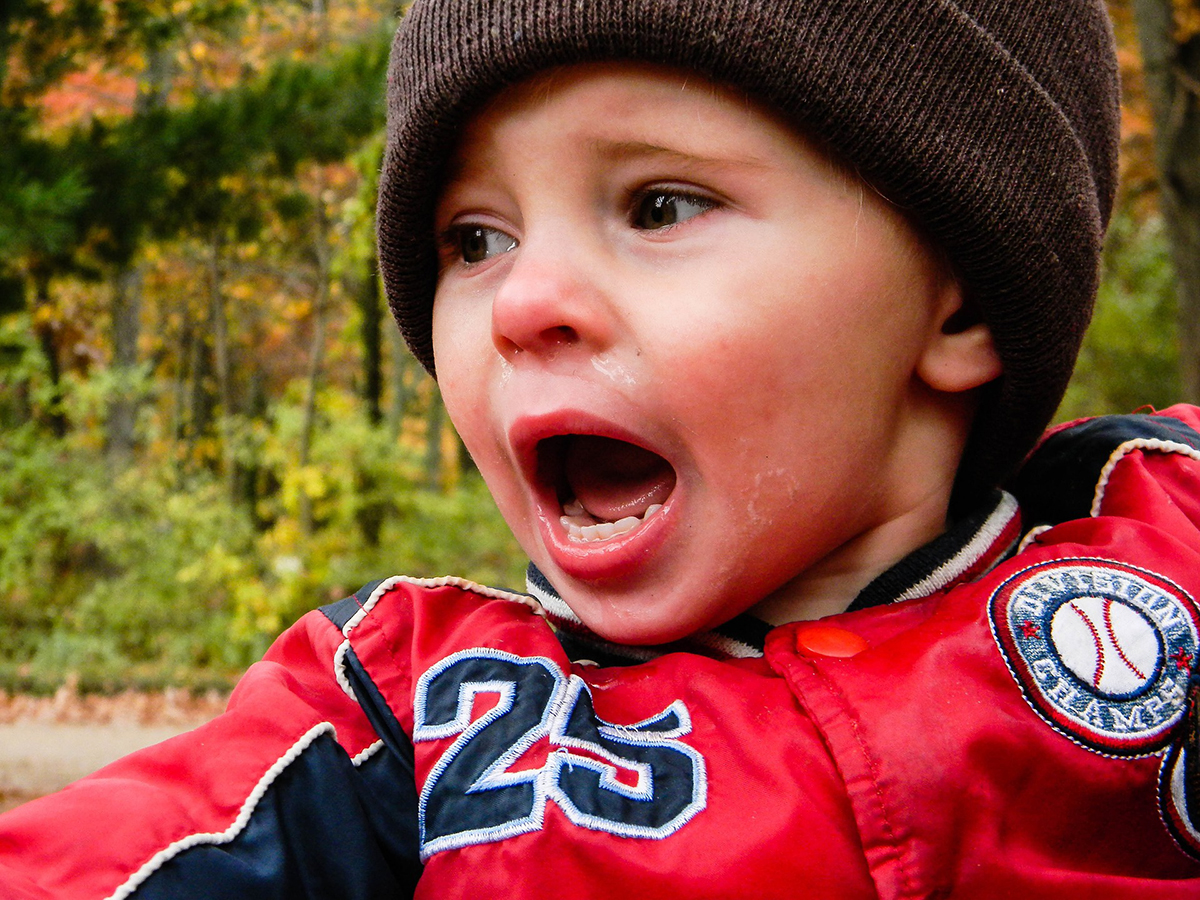
By Hayley Jackson, Extension Educator in Lancaster County
Challenging behavior in young children is defined as a repeated pattern of behavior that impedes the ability of the child to engage in appropriate social interactions with both their peers and adults (National Center for Pyramid Model Innovations [NCPMI], 2023). Although challenging behaviors in young children can be frustrating for both the child and caregiver alike, there are some simple strategies we can use to lessen the likelihood that challenging behaviors are going to happen. Continuing our Challenging Behaviors series, we will be diving into some of these strategies. This month, we will be looking at the language we use with children.
The language we use with children is very important. Our language helps children know what we, as adults, expect of them, and it also can be used to validate the experiences they are having. When we take time to see things from their perspective and acknowledge their feelings, we are letting them know we care about their thoughts and experiences. This, in turn, strengthens the relationship we have with our children. This month we will dive into one facet of language use: validating children’s emotions before intervening in their behavior.
VALIDATING CHILDREN’S EMOTIONS
Young children experience a variety of emotions on any given day. In fact, one of the main goals of early childhood is to help children learn about their own emotions, as well as the emotions of people around them. This is a skill called emotional literacy, and children who have higher levels of emotional literacy, have an easier time cooperating with peers, making friends and regulating their emotions (NCPMI, 2023). One way to help promote children’s emotional literacy is to validate their feelings when they are experiencing big emotions. This can be as simple as telling a child who is upset about having to wait for a toy, “I see that you are frustrated that you have to wait to play with the iPad. It can be hard to wait our turn!” This validates the child’s emotional experience while also acts as a tool to connect with the child. Validating children’s emotions lets children know you see their point of view and you understand why they are feeling a certain way.
The next time you need to intervene in a child’s behavior, start first with validating their emotions and then move into the re-direction. This can sound like “You are mad we have to clean up so we can eat dinner. It can be hard to have to stop doing something we like. Remember, the rule is that we have to clean up before we move onto the next activity. Let’s see how fast we can clean this up, and then we can come back to play with this after dinner is over!” This helps to validate the child’s experience first, so the child feels heard and understood, and then we remind the child of the rule. Finally, we try to make the task at hand more fun while also letting them know the next time they will be able to engage in this activity.
Making sure to validate our children’s emotional experiences before trying to change their behavior is a great way to strengthen the connection you have with your child as well as promote their emotional literacy skills.